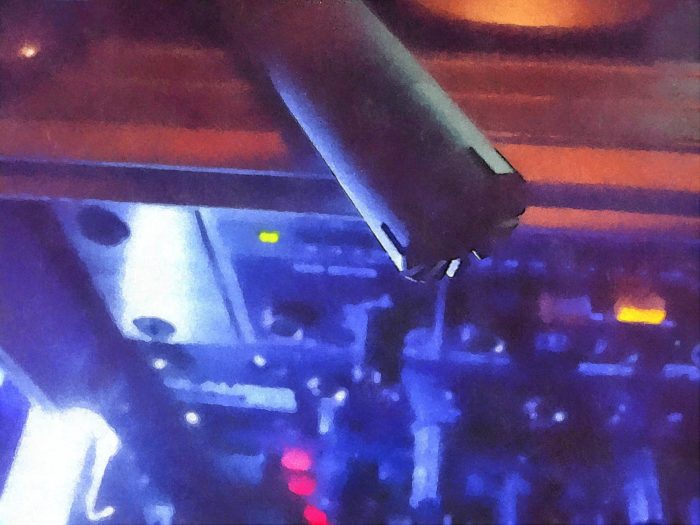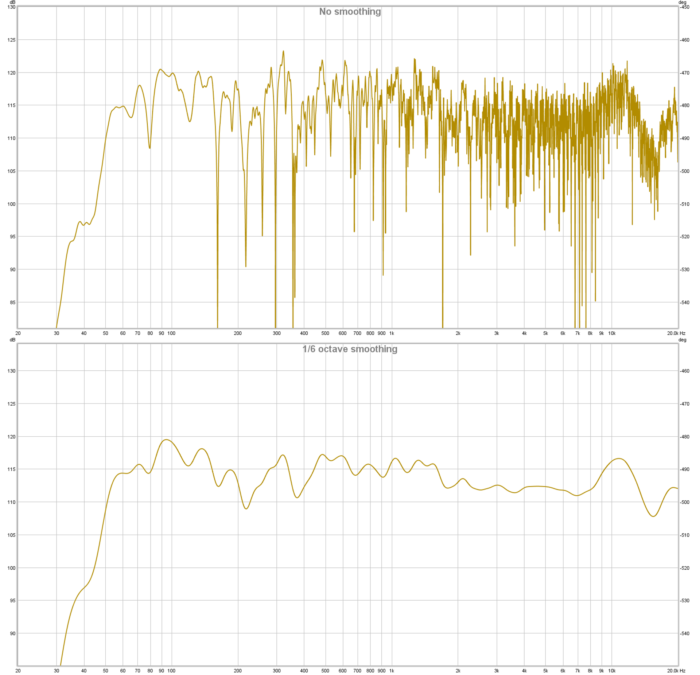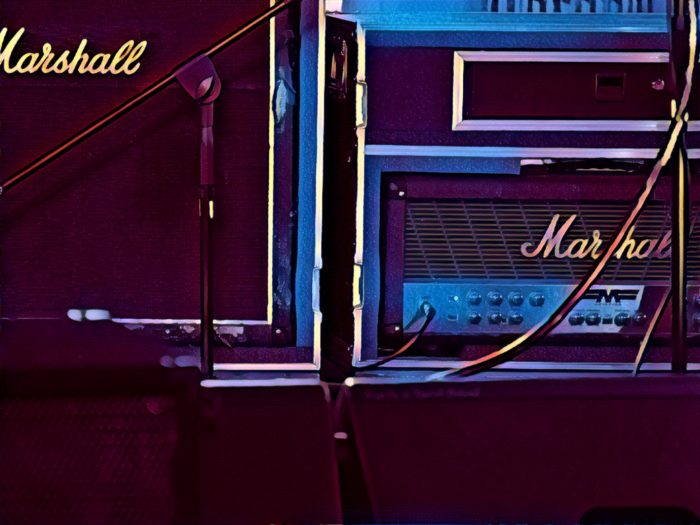Marketing our show was the selling of something that people knew.
Please Remember:
The opinions expressed are mine only. These opinions do not necessarily reflect anybody else’s opinions. I do not own, operate, manage, or represent any band, venue, or company that I talk about, unless explicitly noted.

 Original image found on Pixabay at https://pixabay.com/en/prism-spectrum-star-nebula-fantasy-1874718/
Original image found on Pixabay at https://pixabay.com/en/prism-spectrum-star-nebula-fantasy-1874718/I haven’t written a “business article” on this site in ages. Pigs Over The Horizon’s packed-out show at The Depot is giving me reason to change that.
Do I think that our own marketing helped get a good chunk of people out there? Yes I do.
Do I think that The Depot’s marketing helped get a good chunk of people out there? Yes I do.
What I DON’T think is that there was some kind of complicated strategy involved. I also don’t think that there was a giant pile of money required. What I think happened was that everybody played to their strengths and tried to sell what would actually…you know…sell.
In my mind, The Depot got a lot of mileage out of themselves being a “destination venue.” That is, they themselves have a following that is interested in what shows they’re bringing in. This is a rarity for bars and clubs. Many very good bars and clubs don’t have an audience of this kind. (I don’t think a place necessarily has to be pulling in regional and national acts all the time to become a destination venue, but my guess is that would commonly be a requirement.) In any case, there’s a population that’s receptive to what The Depot puts out there.
…but that group still has to be interested in the actual show. As such, the marketing team pushed hard on one aspect: That the gig was a tribute to Pink Floyd. Sure, our name was mentioned prominently, but the aspect that had the biggest chance of connecting with the general public was – you know – the band that everybody’s heard of. What was on the marquee? Pink Floyd Tribute. What was in all the Facebook posts? Pink Floyd Tribute.
I also spent a few bucks on Facebook ads. Who did I target? Pink Floyd fans. What did I make sure to mention very prominently in the ad? Pink Floyd. I also used our name, certainly: I want people to know the name of Pigs Over The Horizon and associate it with a great show. However, we are not yet at that point where our name is synonymous with “Awesome Pink Floyd Tribute.”
Now, Advent Horizon (the core group of musicians involved in this endeavor) did run their own ads to their own audience. The situation there was slightly different, because they were talking to the folks that know and love them. Yet, on top of that, they were also trying to reach the general public.
What was at the top of that ad post?
One guess.
What’s the message here, then? If you’re guessing that it’s something I’ve been saying for a long time, you’re right: Marketing is not a magical force that causes people to go to an event they’re not interested in. Marketing is a tool to get people to buy something they already want to buy – even if they’re not consciously aware of wanting it.
If you’re going to spend money on advertising, advertise something that people actually want. If you know that thing is very definitely your band, then advertise your band. If you don’t know that, pick something else – or just save your money. In the same vein, don’t be ticked at the venue because they didn’t spend hundreds or thousands on pushing your name. If your name isn’t bringing a whole slew of people to the door, the venue is much better served by advertising whatever it is that does. Like beer, maybe, or Ladies’ Night. This might sound really harsh, but the solution to building a draw is to be an amazing band that plays killer shows. Advertising dollars don’t do that.
People came to our event because they wanted to hear Pink Floyd played live. My strong suspicion is that many of them – maybe even a majority – didn’t give two hoots about who we were. I’m betting that might have changed a bit after the performance, but the order of operations can’t be ignored.








